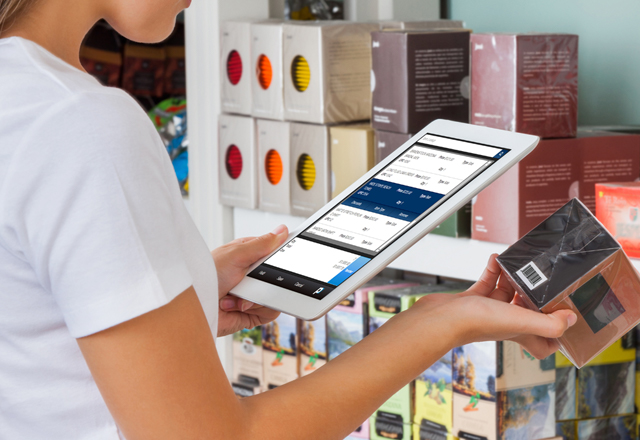
The last two years have seen dramatic changes in the retailer-vendor relationship. Supply chain shortages caused by the pandemic are still reverberating throughout retail operations.
While the online channel unsurprisingly grew in response to imposed lockdowns, the less-popular hybrid shopping model known as “click and collect,” also gained tremendous momentum.
Retail Pro’s customer ACFC was able to make BOPIS a reality early on in the pandemic thanks to Prism’s data integration and total inventory visibility.
And, although shopping has returned to pre-COVID routines, supply chain issues remain. Here are some ways retailers are handling post-pandemic challenges.
The Product Journey to the Customer

Dropship is more popular. Published statistics show that the global dropshipping market is forecast to reach $196.78 billion in 2022, a substantial increase of 23.7 percent from 2021.
That number is expected to continue to rise, reaching $243.42 billion next year.
The uptick in retailers needing to fulfill online orders during the past two years is a big reason for the dropship surge.
Retail Pro’s ability to streamline inventory visibility across all channels and give retailers a single view makes it easier for them to reduce the margin of error in fulfilling online orders.
Retailers Expanding Retailer-Vendor Relationship

Retailers have expanded their footprint to include marketplaces such as Amazon and Alibaba, as well as social platforms including Tik Tok and Instagram.
Miniso’s UK branch was able to experiment easily with selling on Amazon in the face of tough challenges brought on by COVID with Retail Pro Prism, opening their understanding of future operations possibilities
In fact, TikTok has been experimenting with shoppable ads and shoppable livestreams indicate its readiness to compete for retailers’ attention with Instagram and Facebook.
That has boosted brand awareness not only for the retailer, but also for the supplier. As product demand increases, however, shortages sometimes occur.
Expanding selection through third-party relationships. Some large retailers, notably Lands End, Hudson’s Bay and Anthropologie have begun their own marketplaces.
Those retailers feature channels on their websites that allow select third-party brands to sell products directly to their customers. It increases selection while letting the retailer avoid increasing the number of vendor relationships they must manage.
Automation of Operations

Increasing workflow automation. Reducing or eliminating the manual creation of reports regarding orders, stock levels, and sales trends, and automating that process can accelerate the receipt of information regarding potential stock shortages.
That is particularly helpful when earmarking stock for in-store purchases; for ecommerce order fulfillment and for pickup by click and collect customers.
Automation reduces errors and makes data collection more efficient. Retailer Saleem Fabrics was able to automate their inventory to lessen challenges brought on during COVID with the help of their Retail Pro Business Partners at System Plus and Retail Pro’s software plugin capabilities.
The best supplier-buyer relationships require collaboration. Retailers and their suppliers must be committed to the long-term pursuit of value.
Working with Retail Pro and our partners means a retailer has engaged support and help to take any steps necessary for the sorts of modernizing changes in operations mentioned above.
Together, retailers and their partners are employing innovative solutions to offer joint opportunities to create and retain significant value.











































